Find out more about The Open University module Environment: responding to change
Vanishing nature
You have probably heard that biodiversity, the variety of life on earth, is being eroded away. Climate change, pesticides, deforestation and intensive farming all contribute to this downward trajectory. Butterflies have declined by 50% since the 1970s, with 8% of resident British species extinct, and 41% of the survivors now classed as threatened with extinction. Why does this matter? What do butterflies do and what can we do to help them?
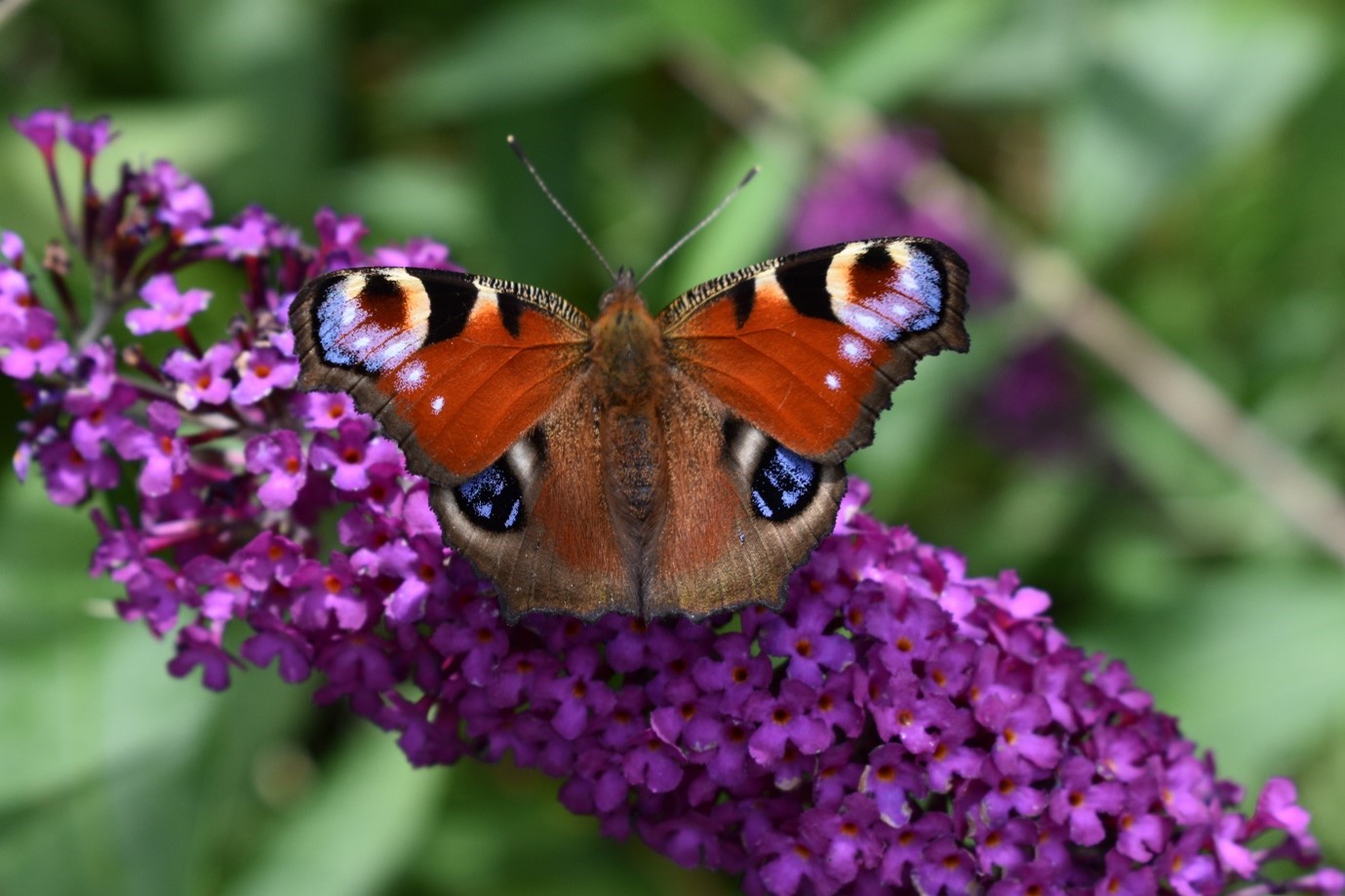
Some butterflies often seen in gardens are still common, like this Peacock (Aglais io). The eyespots on its wings are to confuse and startle predators. Photo: Willow Neal
Why do butterflies matter?
Lots of butterflies are pollinators, that is, they feed from the nectar of plants and help them reproduce by carrying pollen between flowers. They are okay at this. They are not as good as bees but they certainly contribute, and having more pollinators is always better than less. There are some that rarely visit flowers at all though. Take the Speckled Wood (Parage aegeria), who instead mostly feed from the sweet ‘honeydew’ from another insect, aphids, high up in the tree canopy of woodlands. Not to mention, they are beautiful.
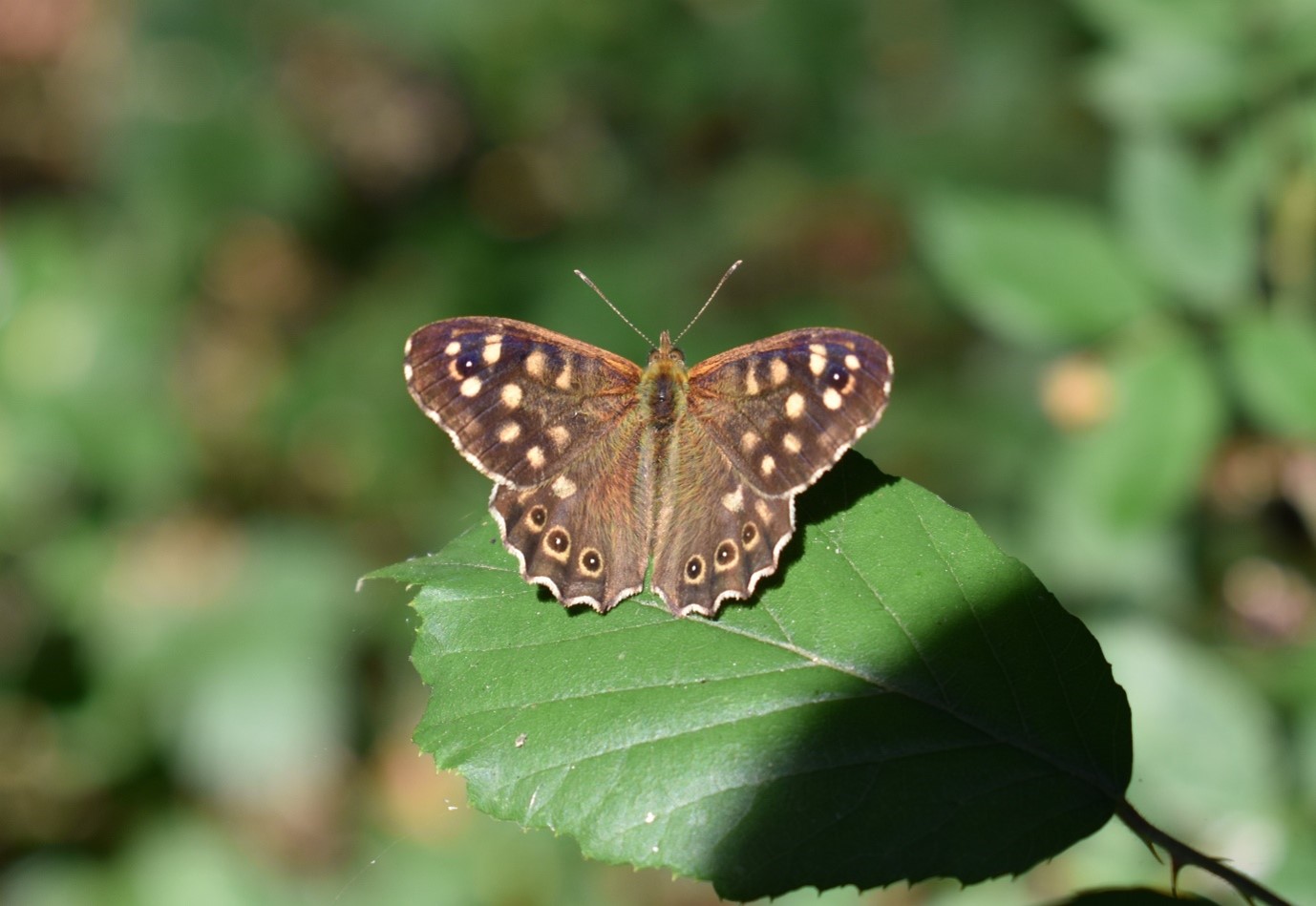
The Speckled Wood butterfly (Parage aegeria) is a typical woodland species, common across the UK and Europe. Photo: Willow Neal.
If some don’t pollinate much, if ever, why should we prioritise them for conservation? Aside from this important role and life being entitled to a place on earth in their own right, they are what’s known as a bio-indicator species. The number of butterflies we see in a place each year can tell us about the health of the rest of ecosystem. Generally, if butterflies are declining, then it is likely that other species including ones that are hard to record or we don’t know much about are declining as well. Therefore, what we do for butterflies can be great for others as well.
Finally, however sad it might seem, they are great food for other animals. You’ll often see birds feeding their chicks with caterpillars, or a scattering of wings showing something has had a much-needed winter feast. Large and Small White butterfly caterpillars are also hosts to parasites such as parasitoid wasps (such as Cotesia glomerata), the larvae of which can even have parasites themselves! While perhaps unpleasant, this is nature’s way of keeping population numbers under control. Butterflies are part of the food web and, therefore, important to many other species in the intricate network of life.
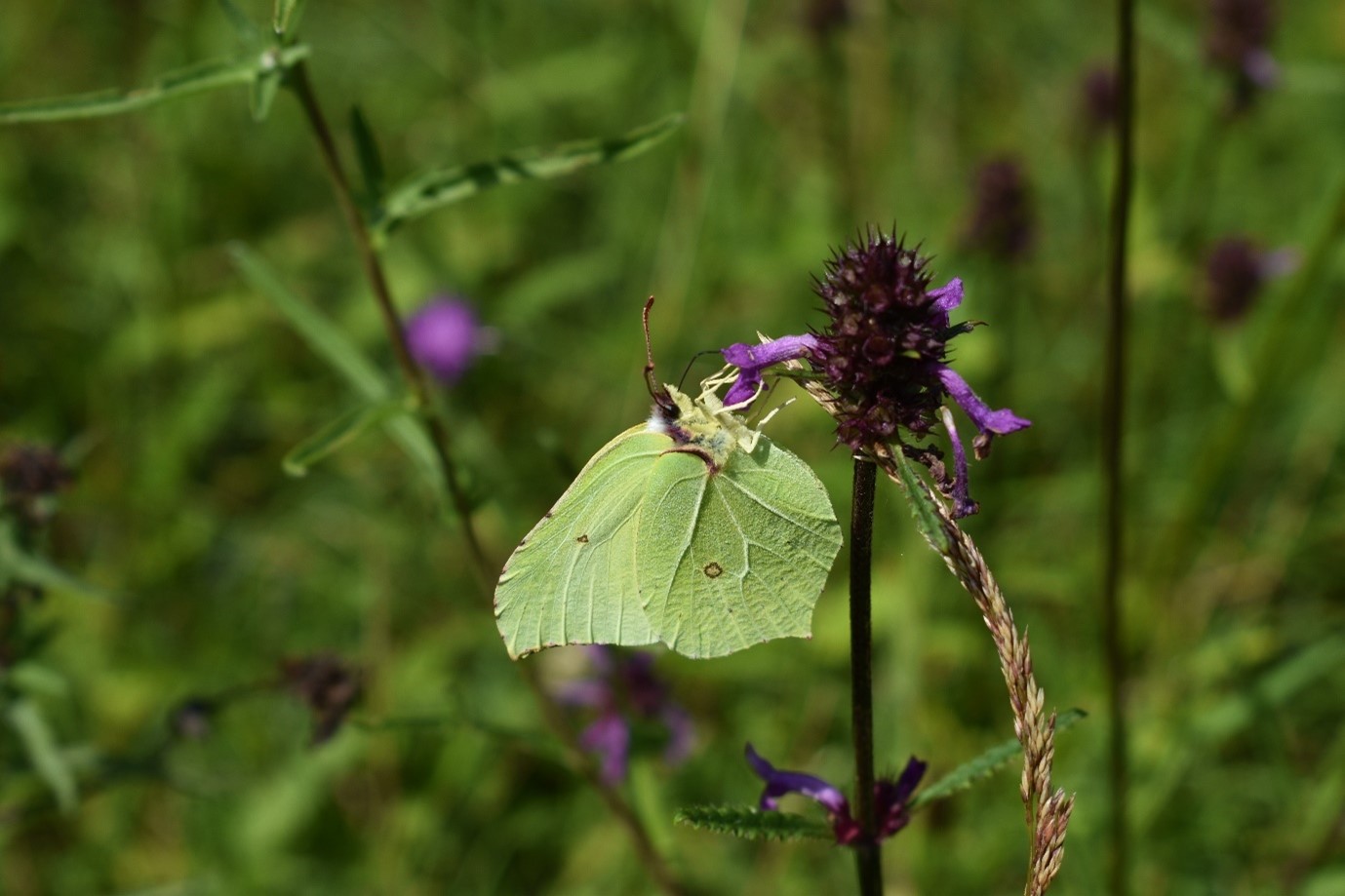
As a prey animal, some butterflies are adapted to hide in plain sight. The Brimstone butterfly (Gonepteryx rhamni) is adapted to look like a leaf. Photo: Willow Neal.
Learning from the past
People have loved watching and collecting butterflies in the UK for decades, and this means records and knowledge about them is extensive and goes back to before we started changing the planet at such an alarming rate. With this information we can study how insects respond to changing environments, and as a group sensitive to changes with short lifecycles and a particular requirement for types of plants and stable conditions, they are perfect for this.
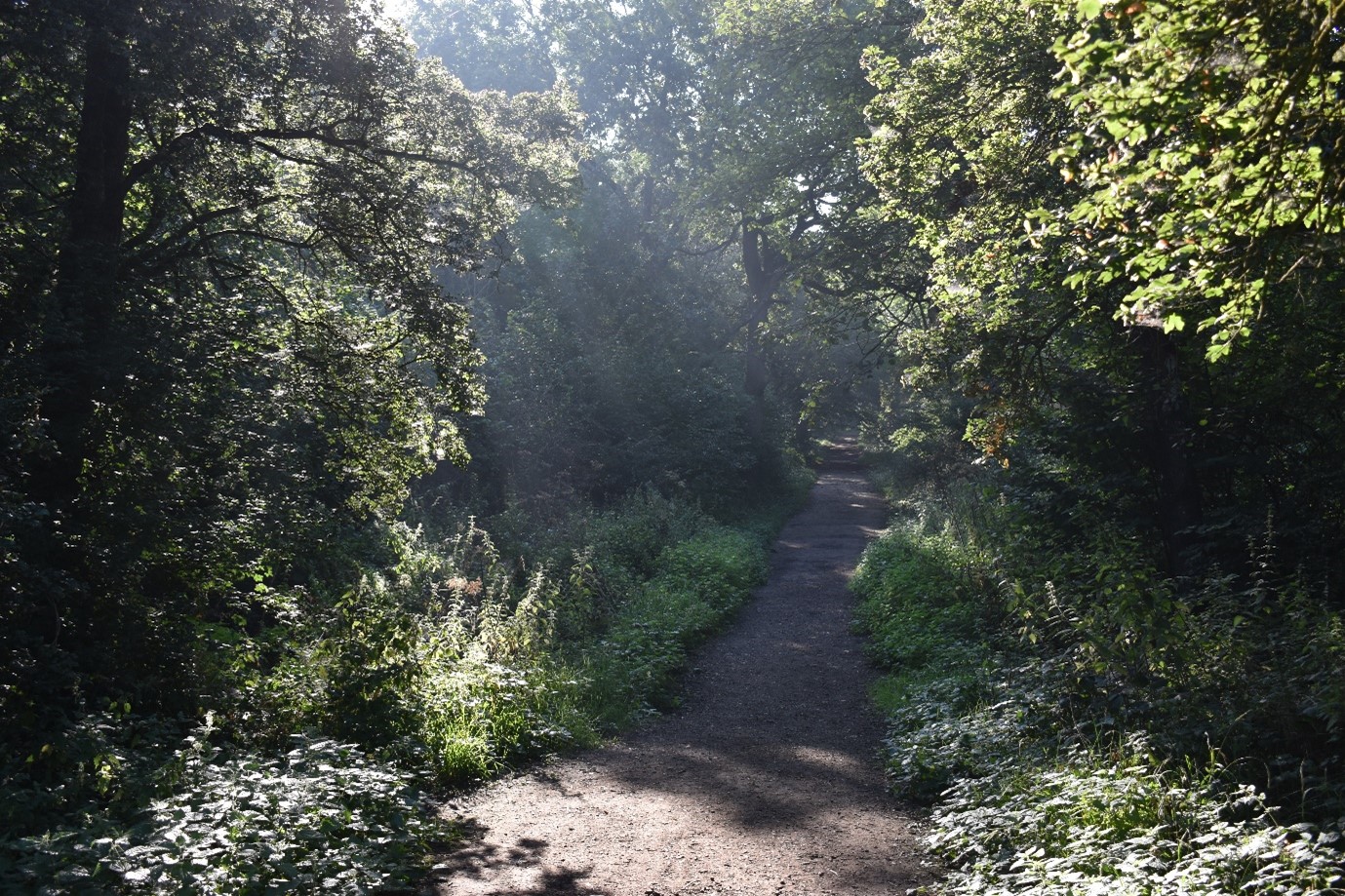
Howe Park Wood in Milton Keynes is an example of an ancient woodland, thought to be almost 1,000 years old. This habitat is becoming increasingly rare in the UK. Photo: Willow Neal.
The next steps
I am currently conducting research on butterfly conservation at The Open University but there are things you can do in your own garden to provide food and shelter for butterflies at all stages of their life cycles. There are also charities doing great work that we scientists find absolutely essential, using data collected by anyone – perhaps even you! If you are interested, check out the resources below.
Further resources
- Butterfly Conservation - Volunteering
- The Parks Trust Milton Keynes - Volunteering
- UKBMS – UK Butterfly Monitoring Scheme
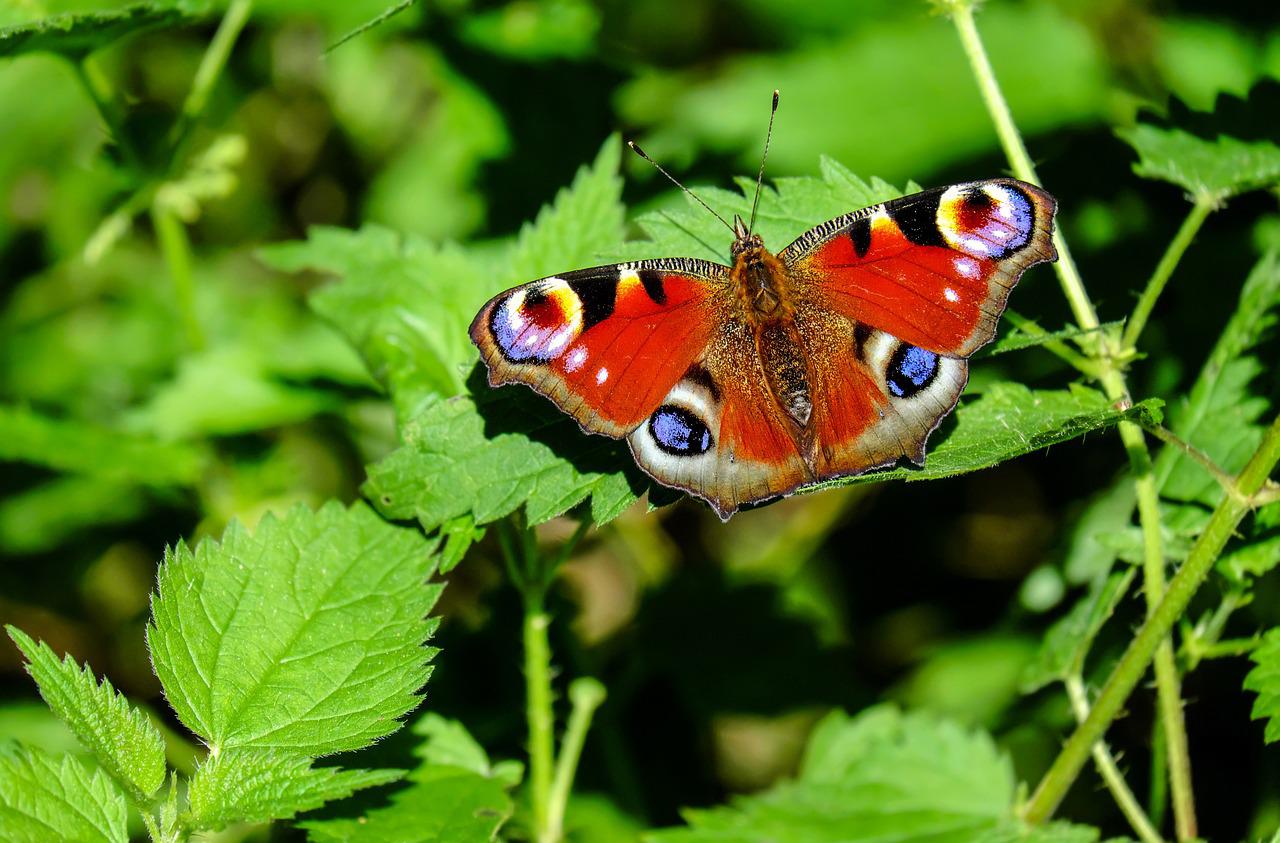



Rate and Review
Rate this article
Review this article
Log into OpenLearn to leave reviews and join in the conversation.
Article reviews